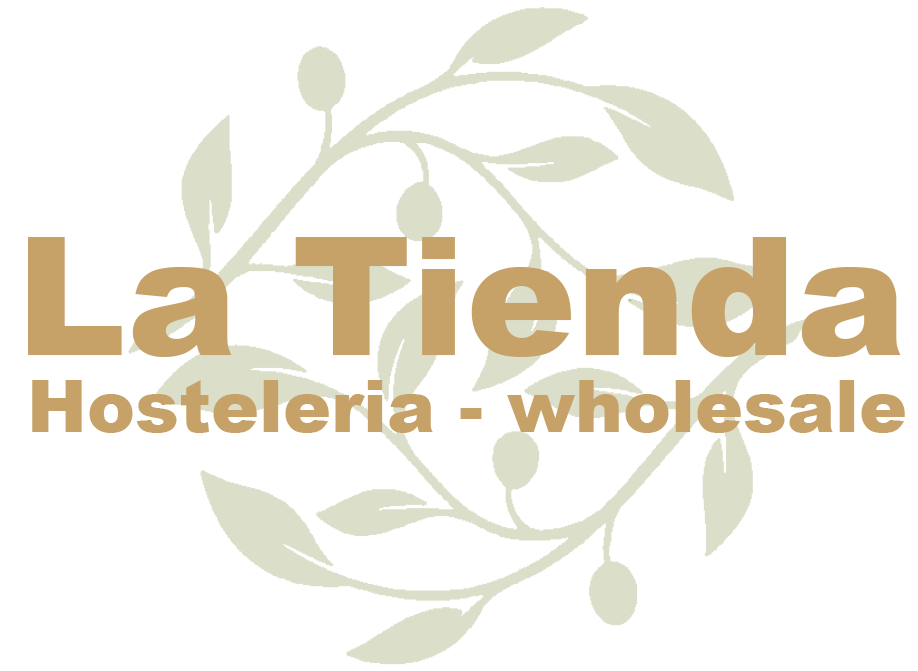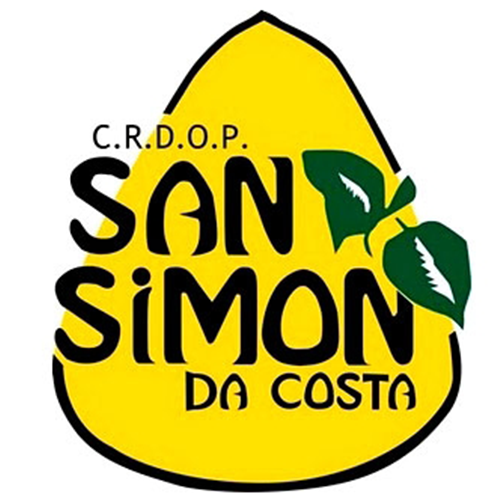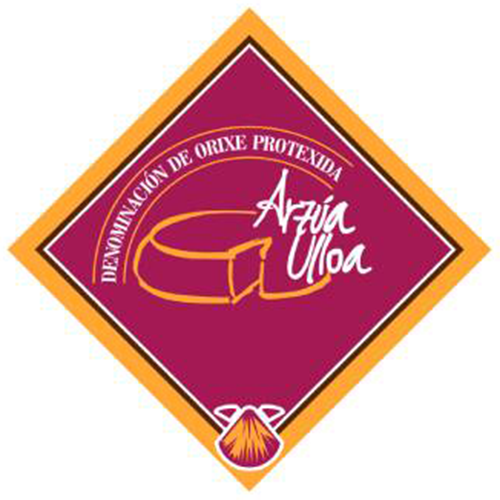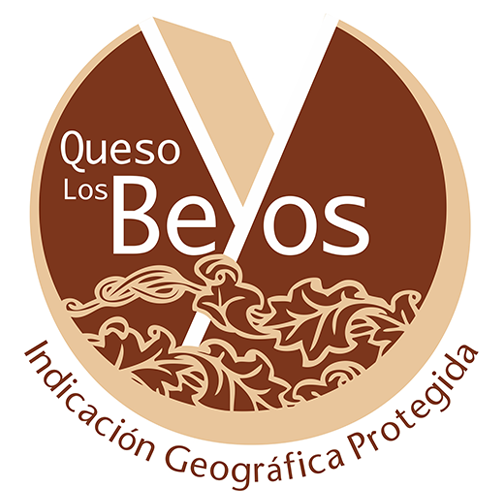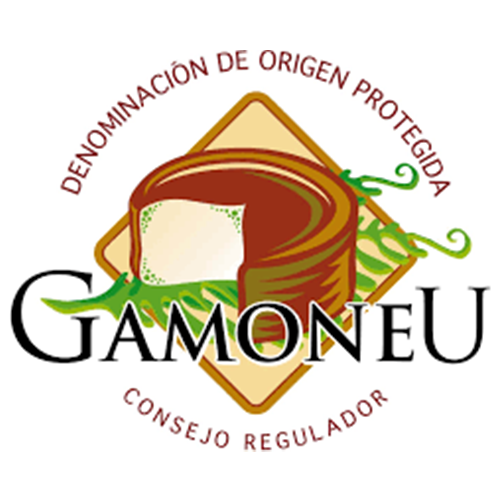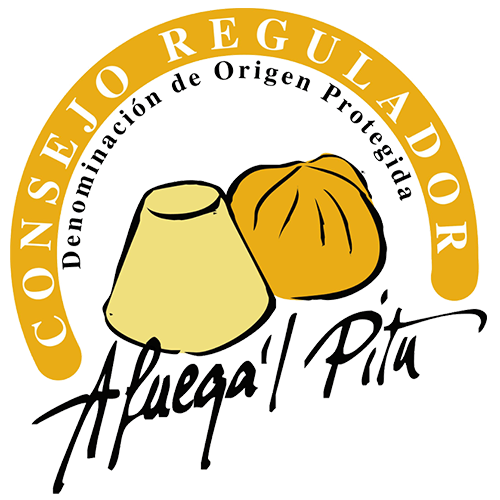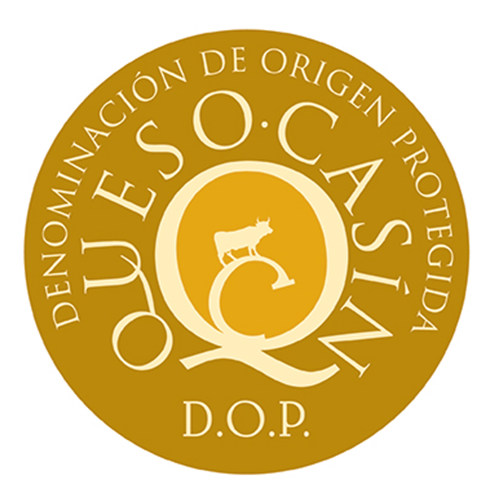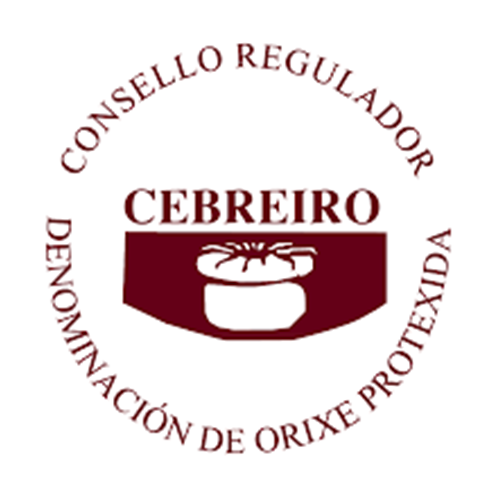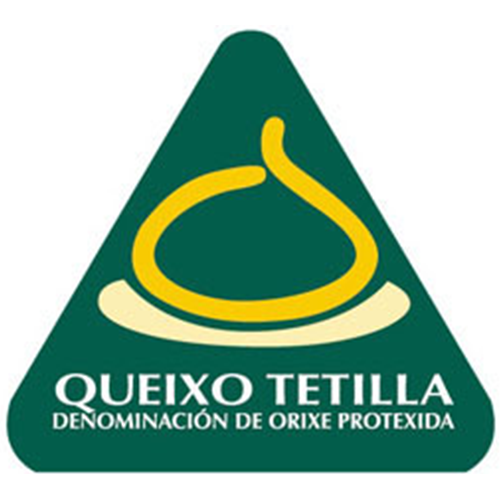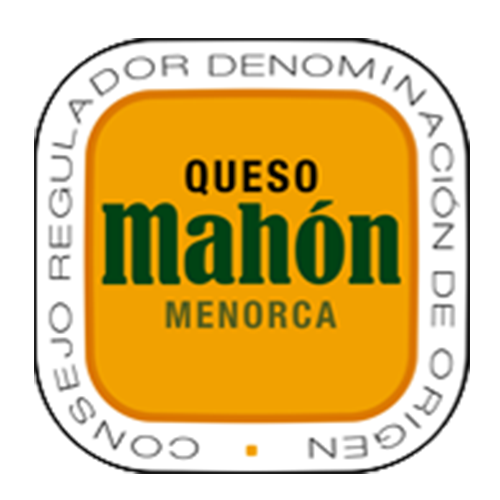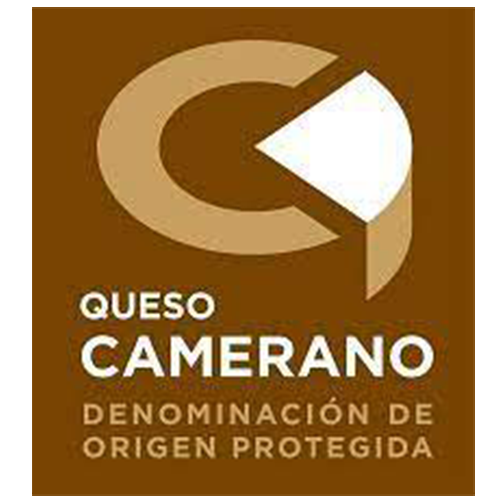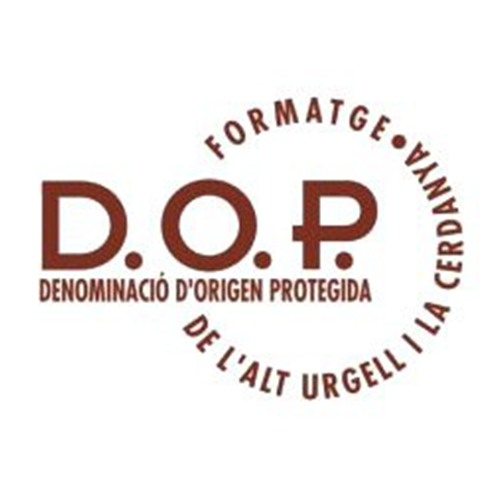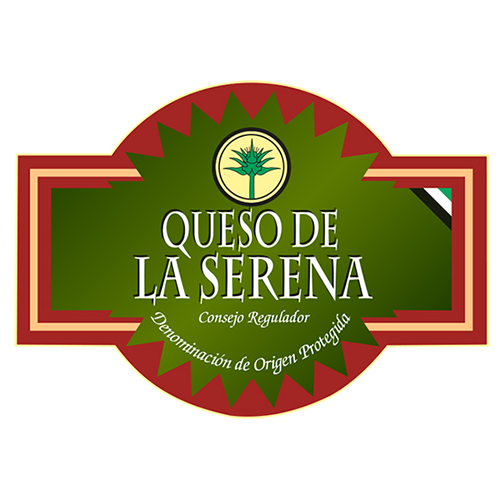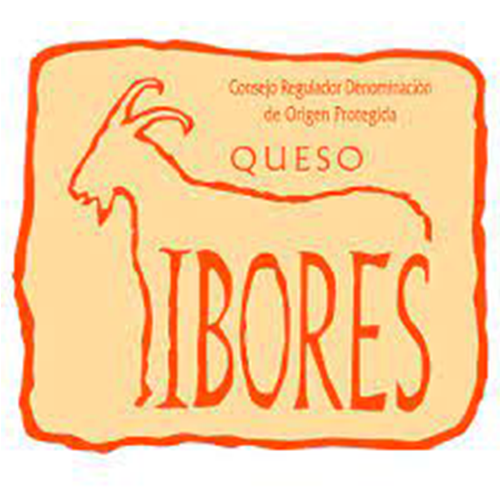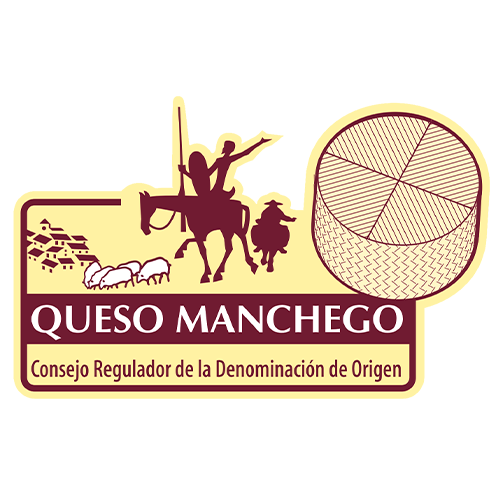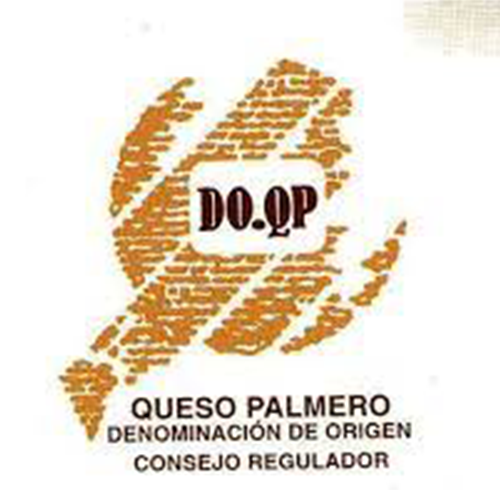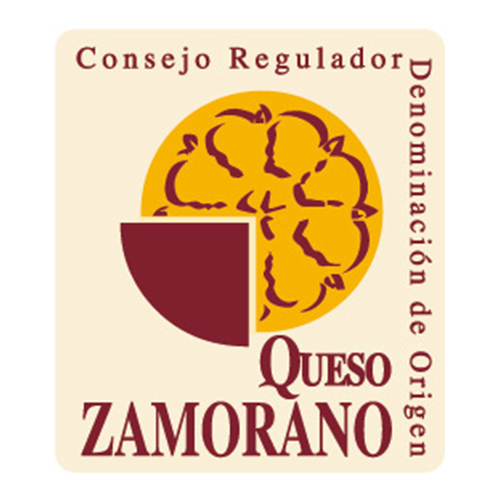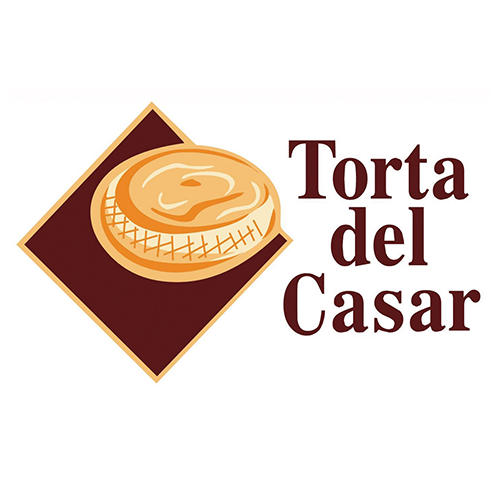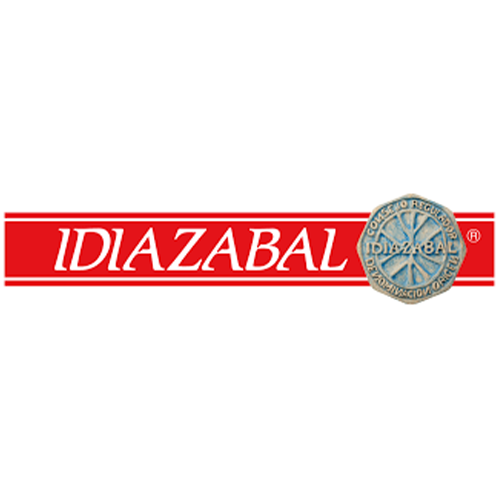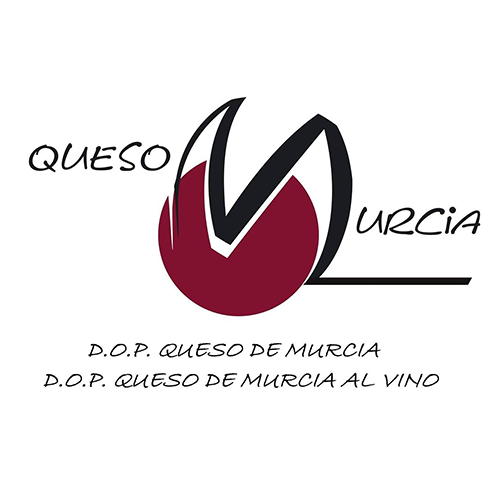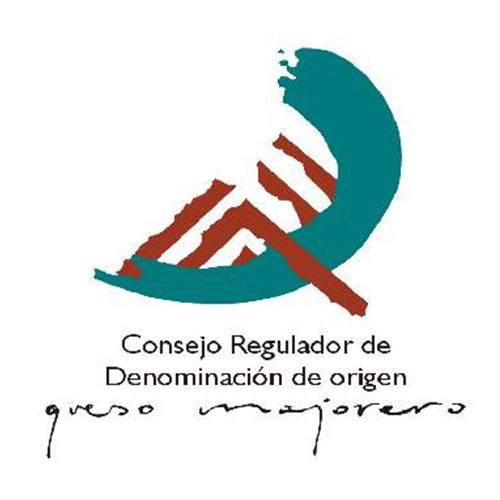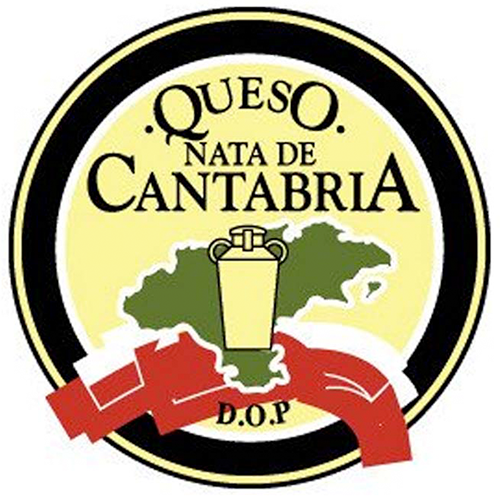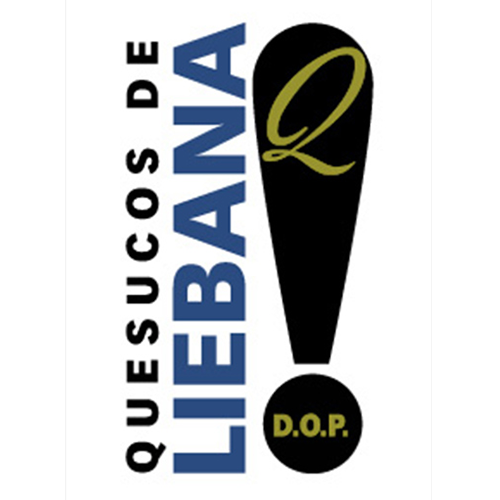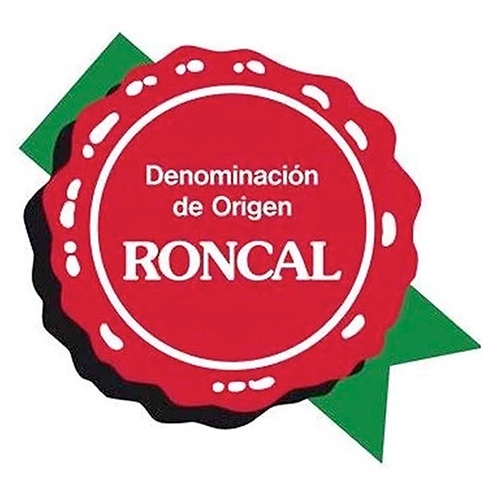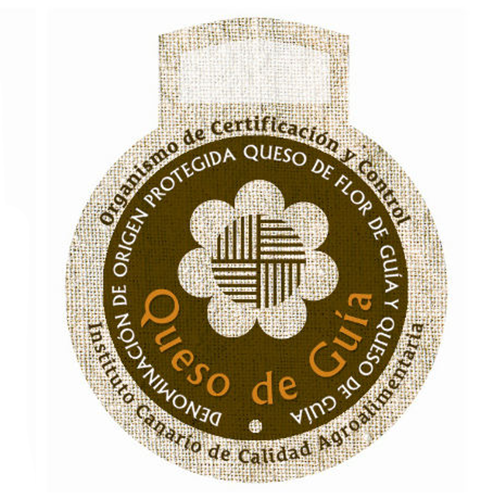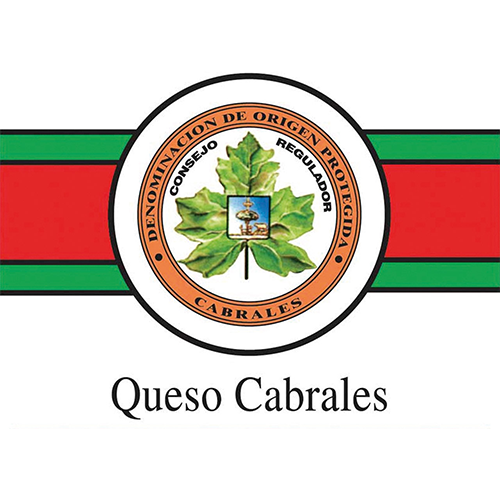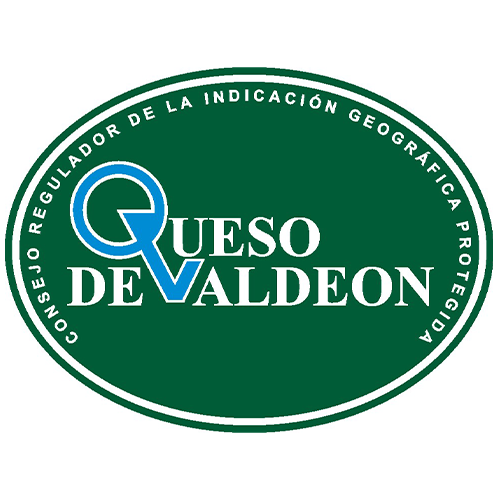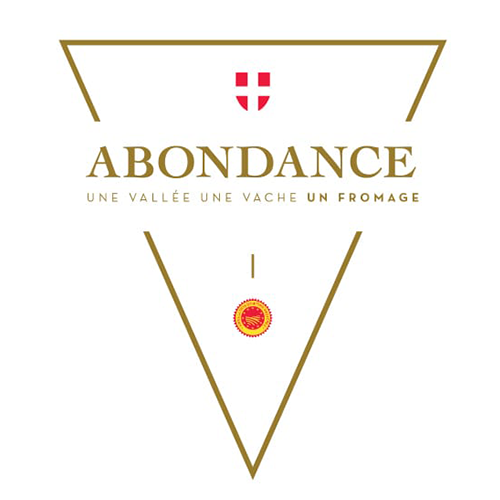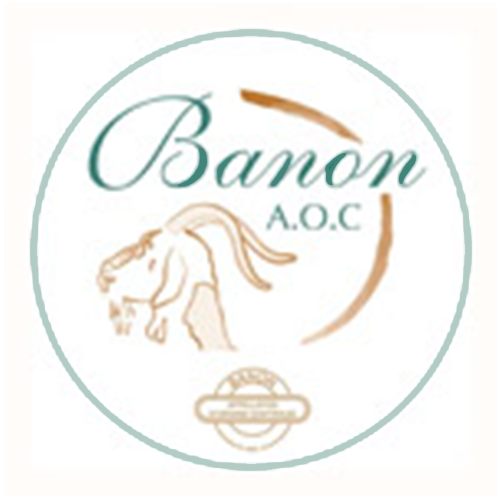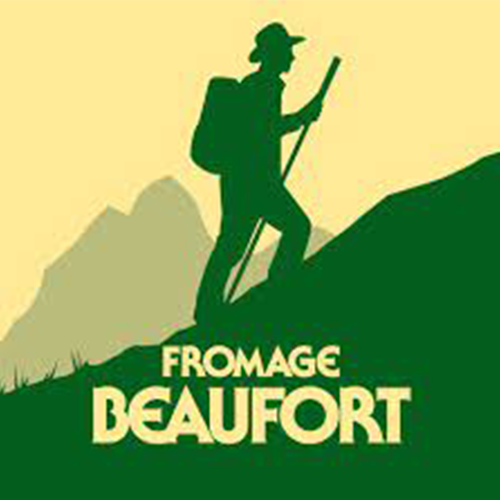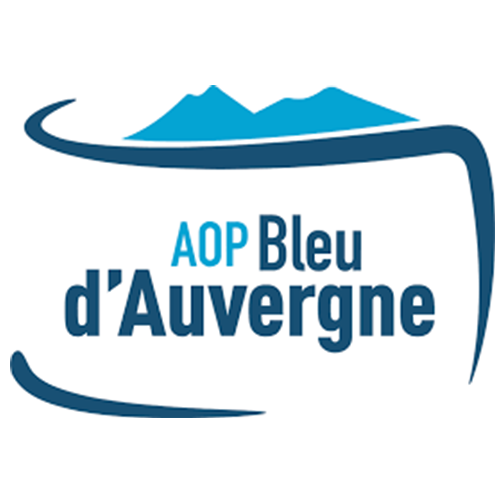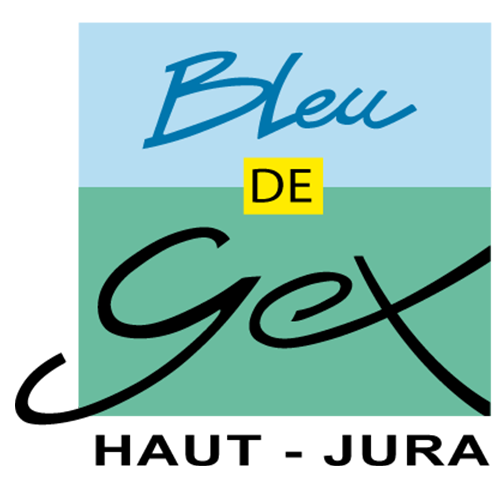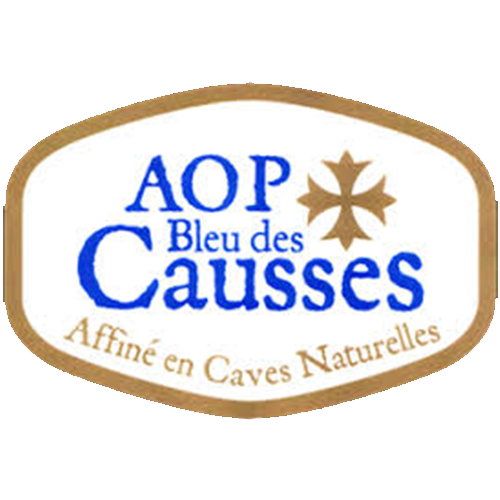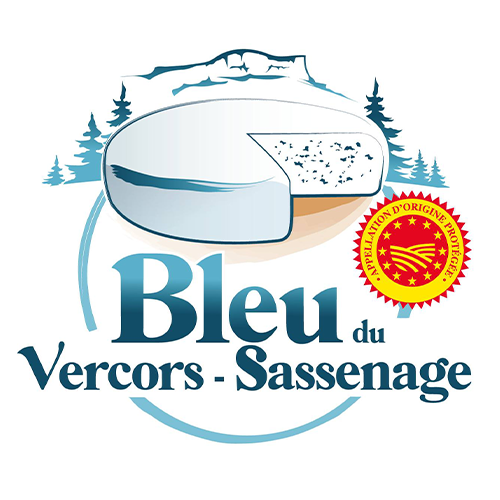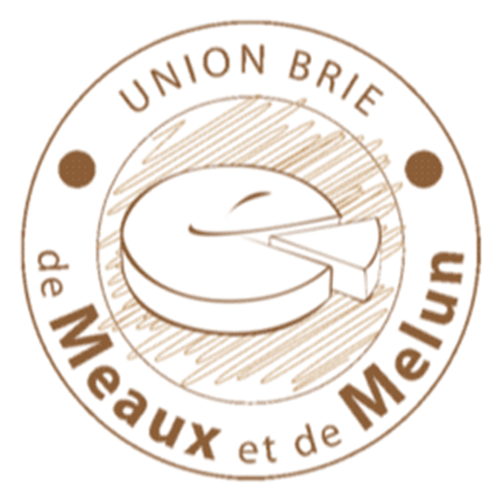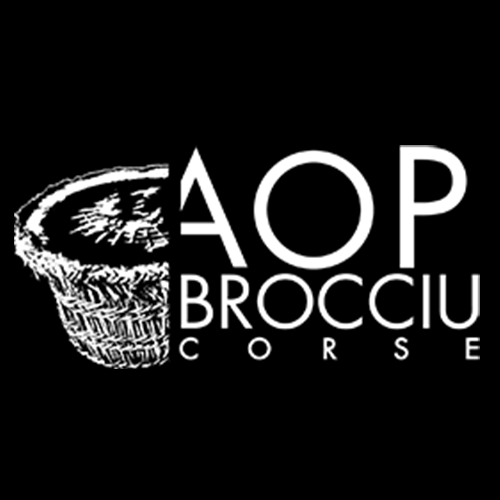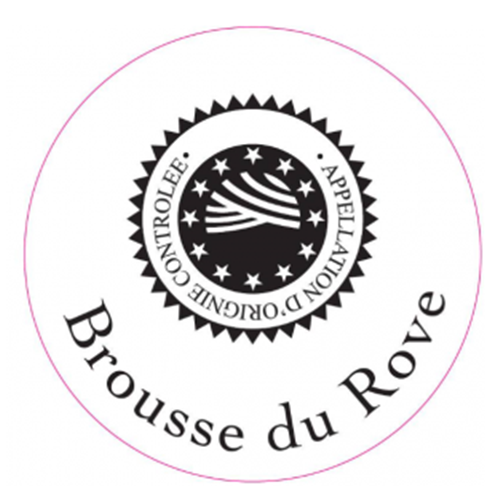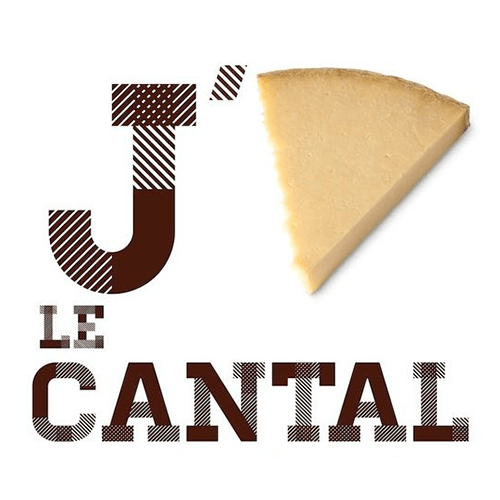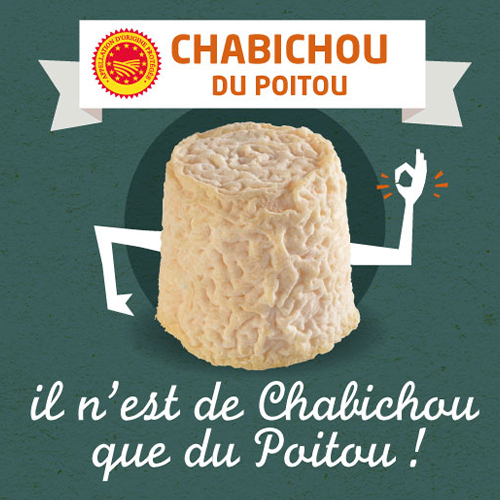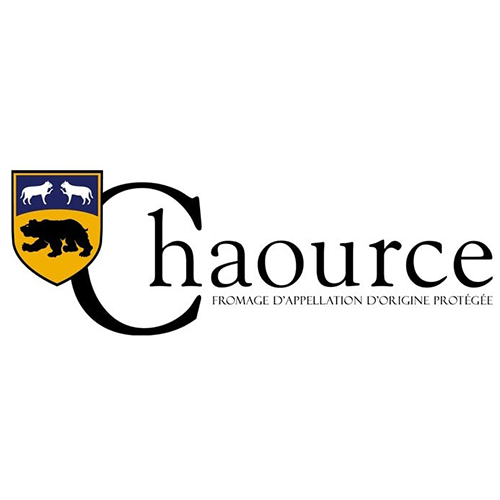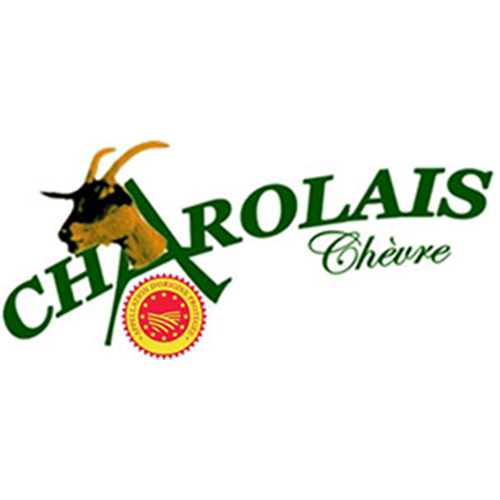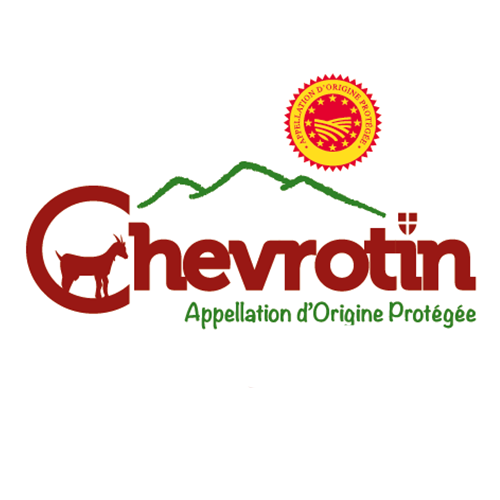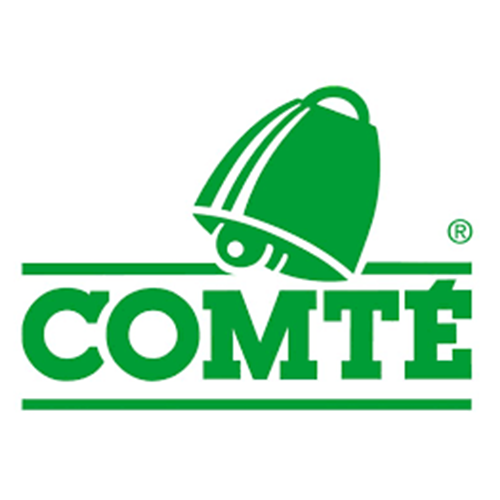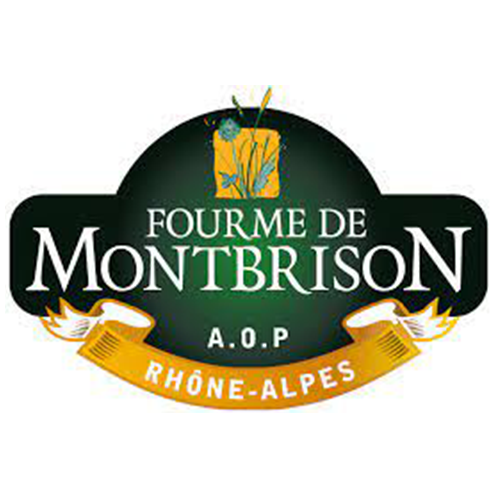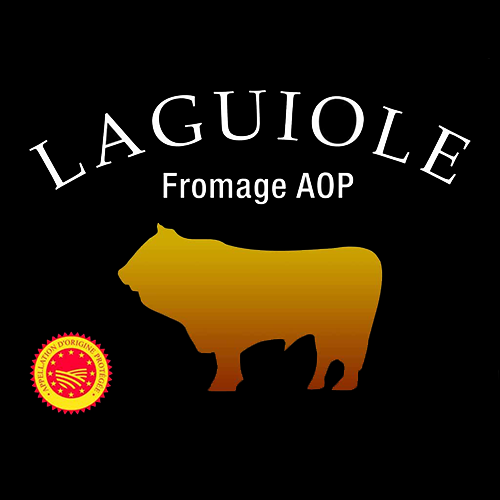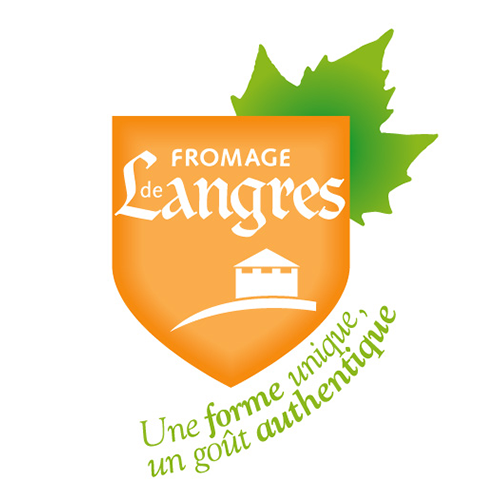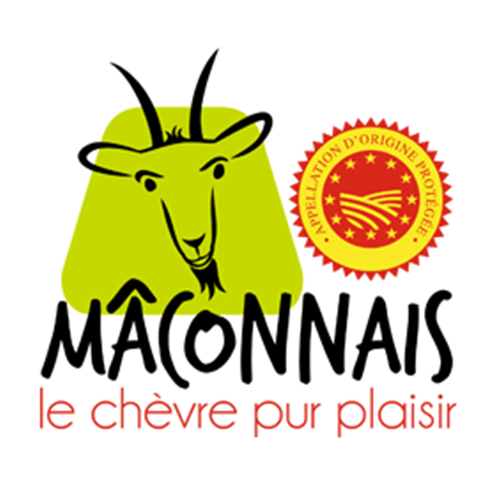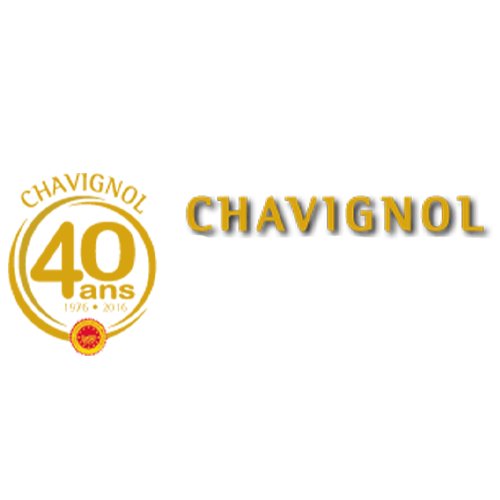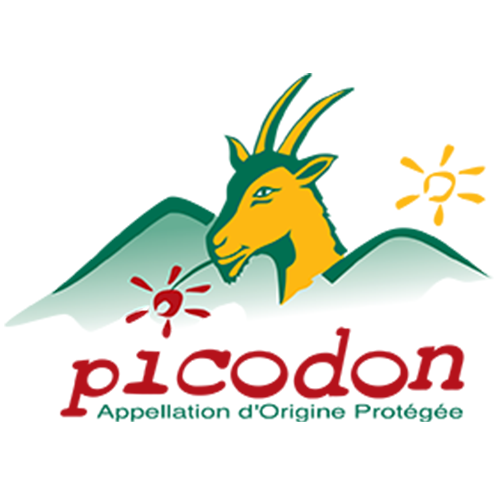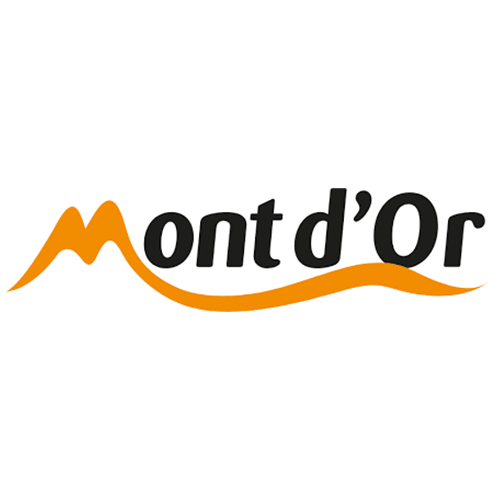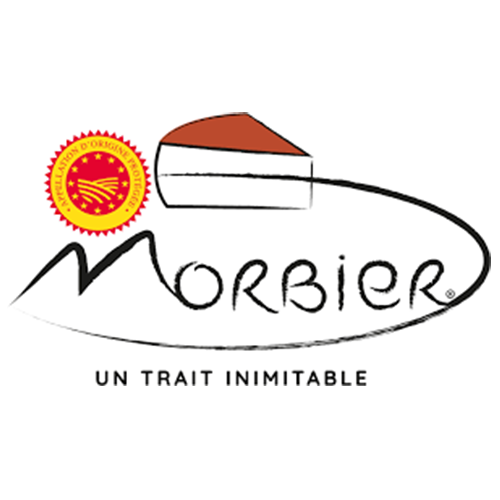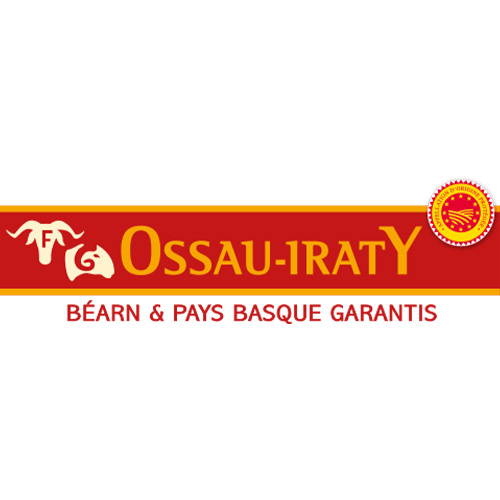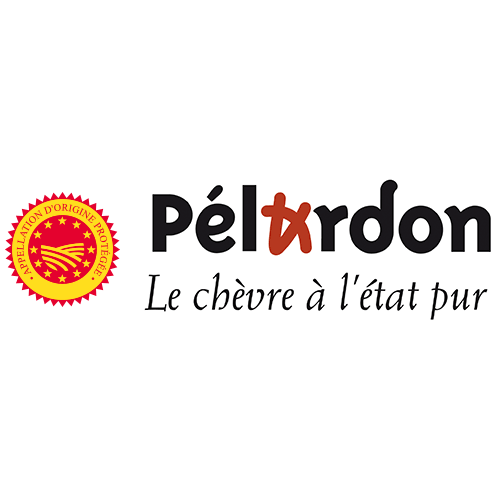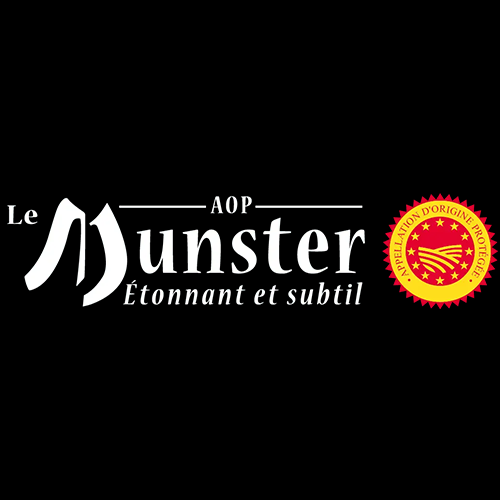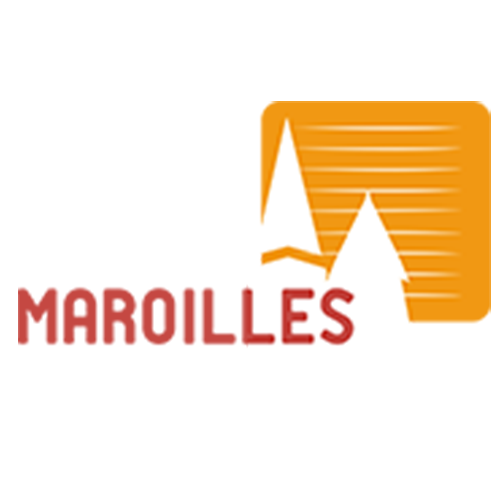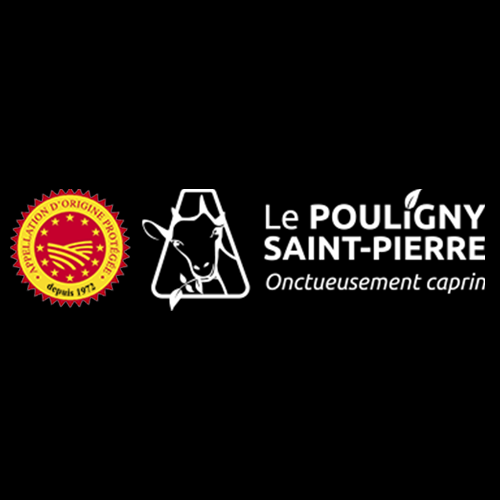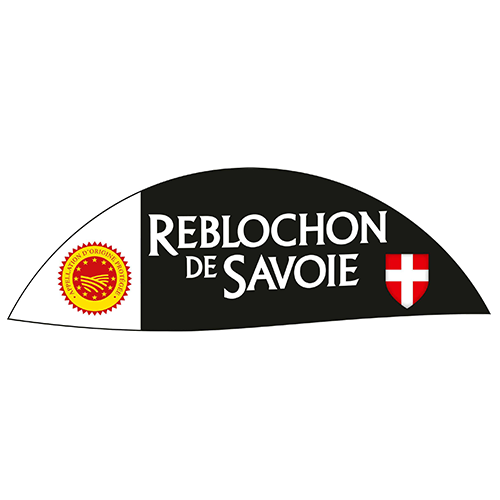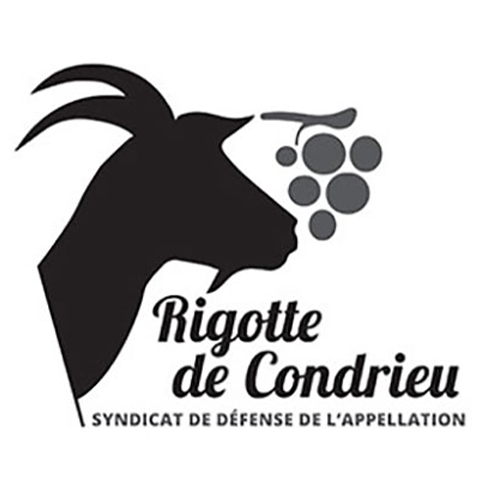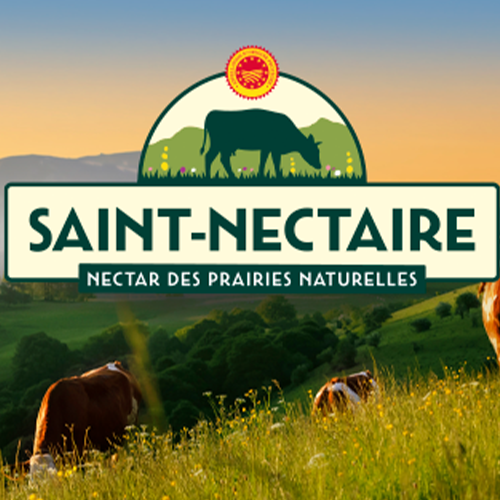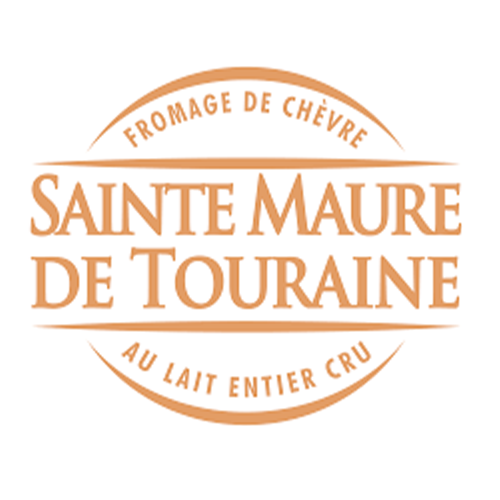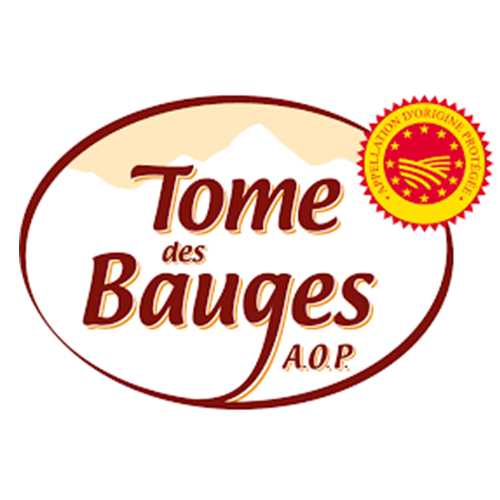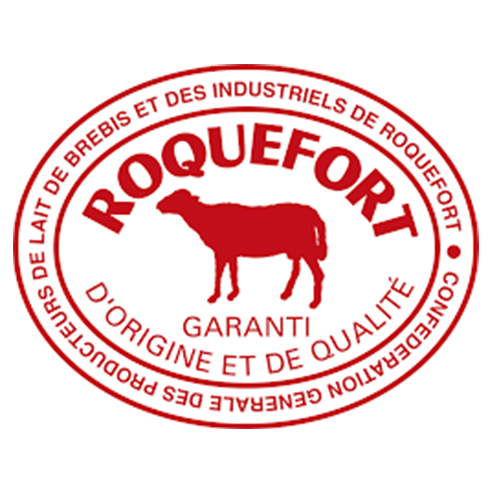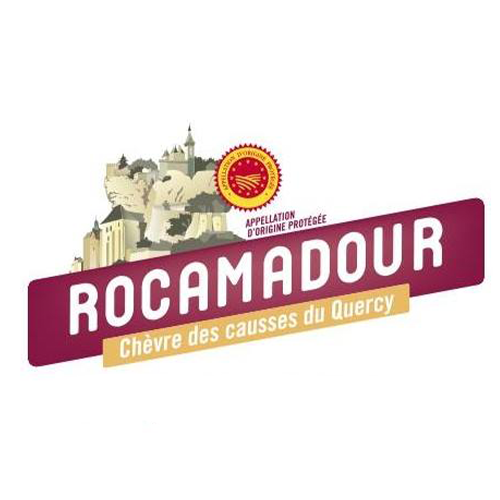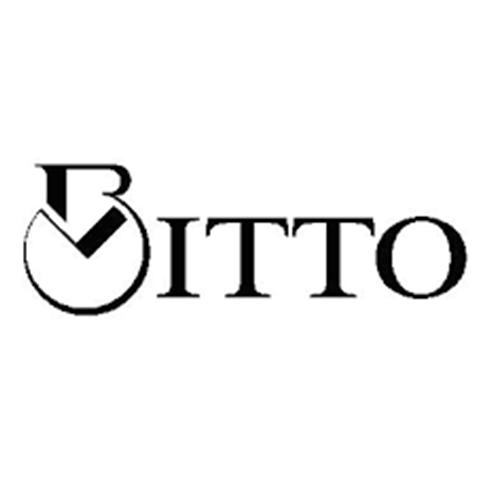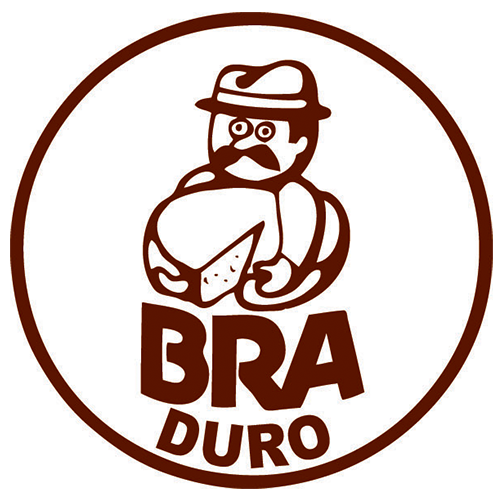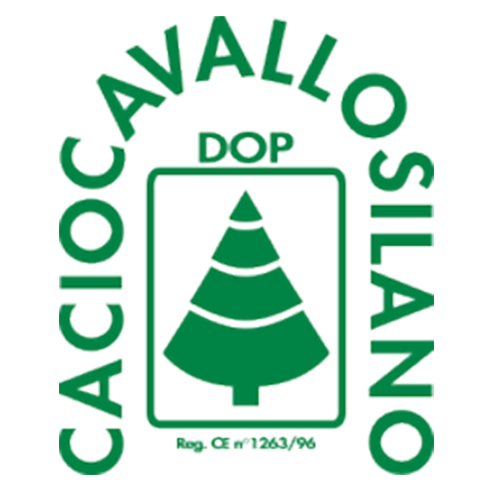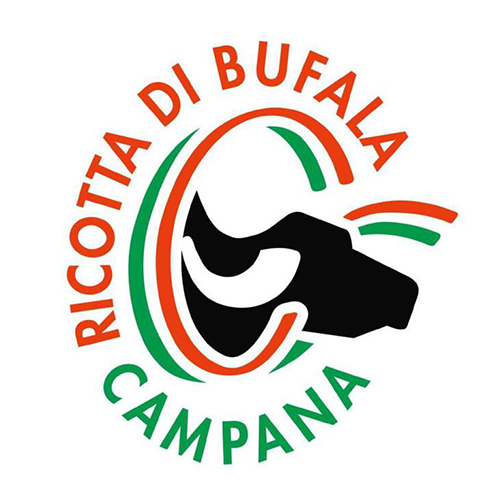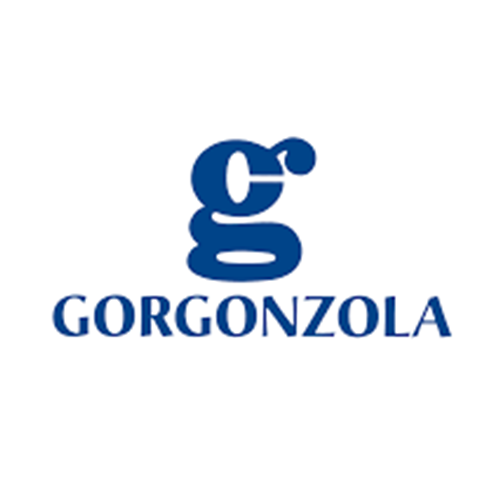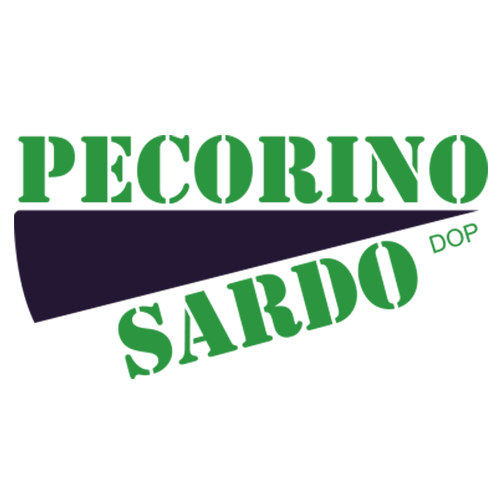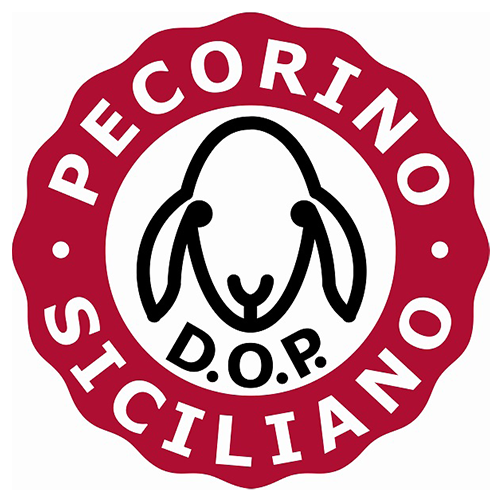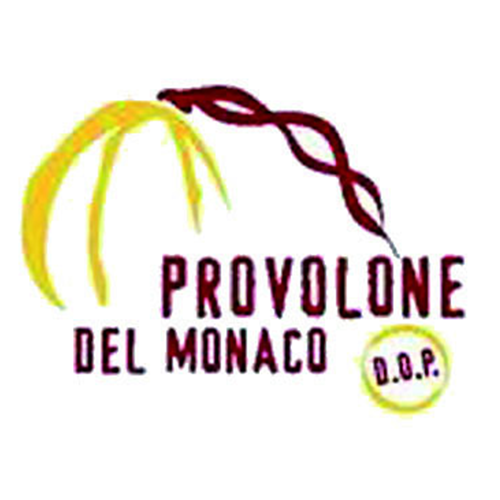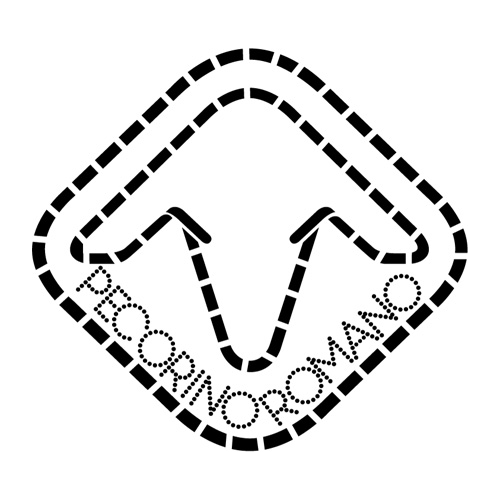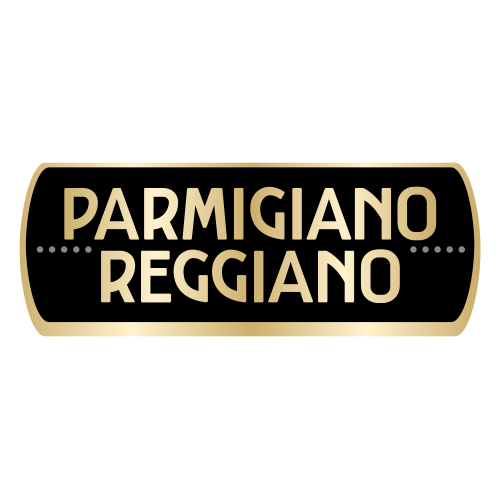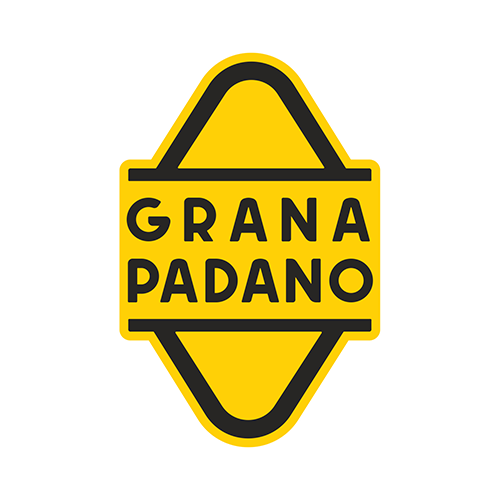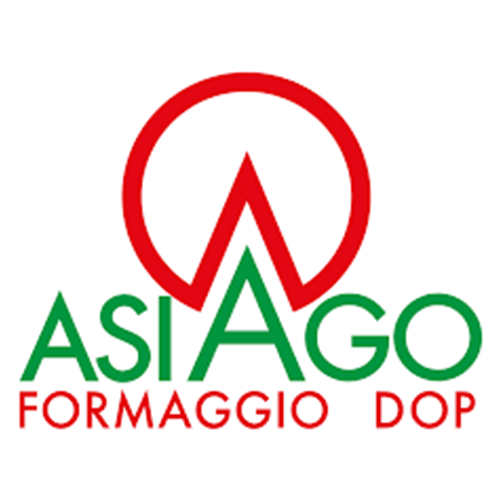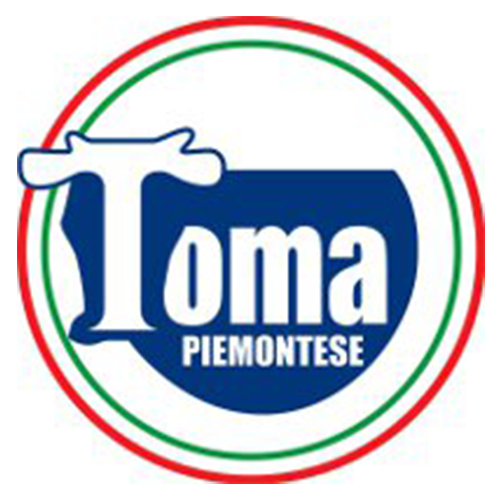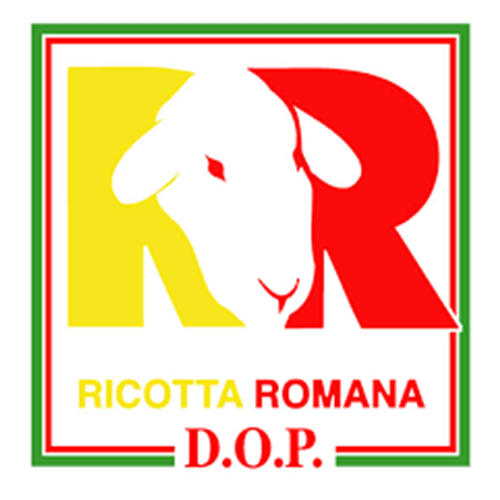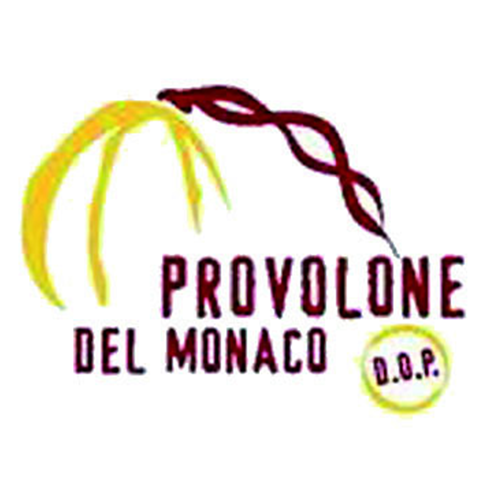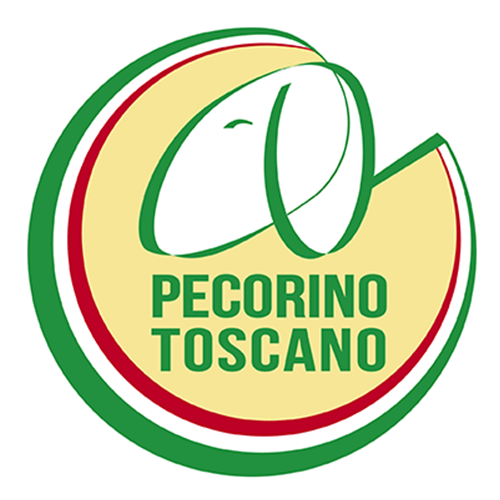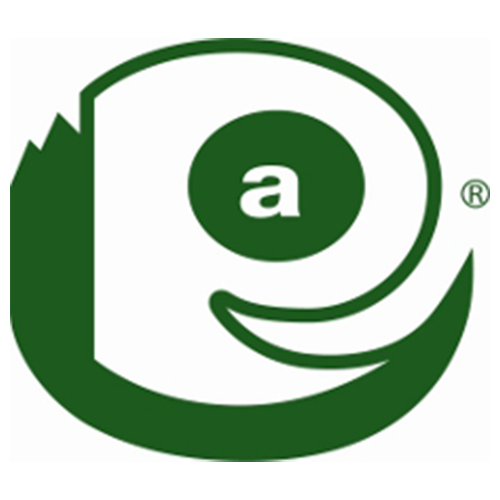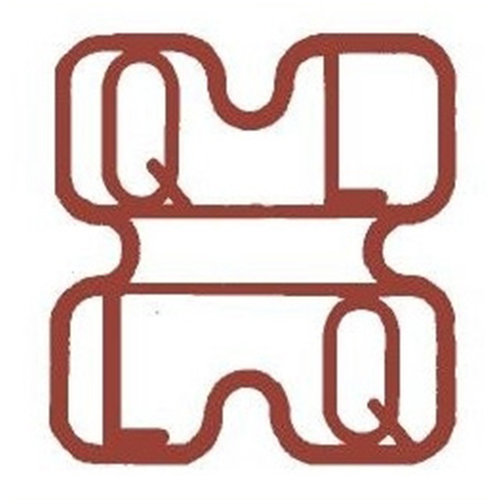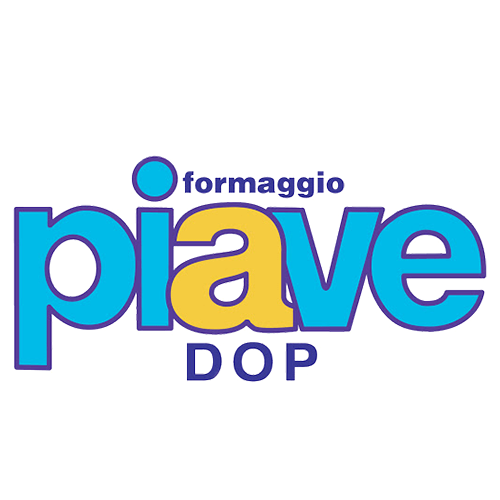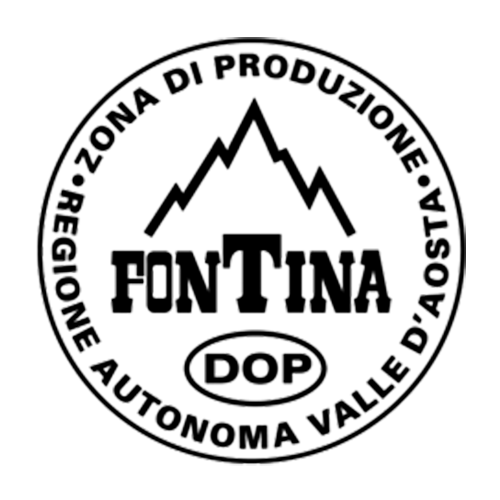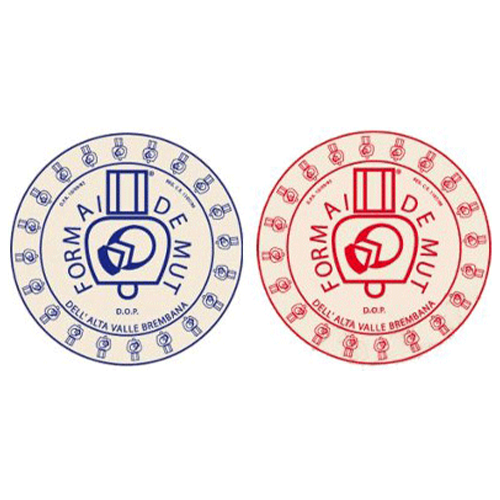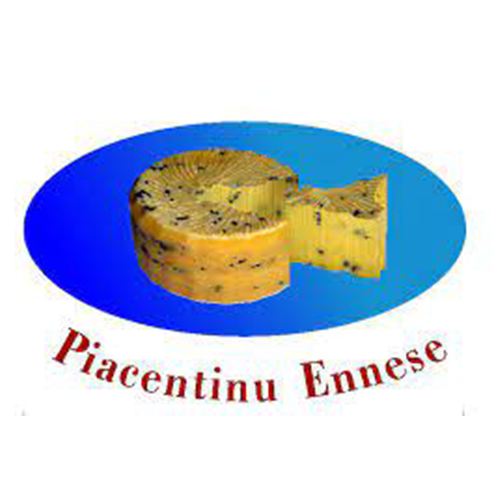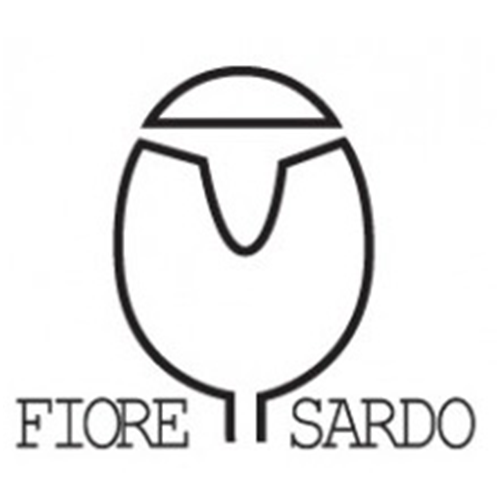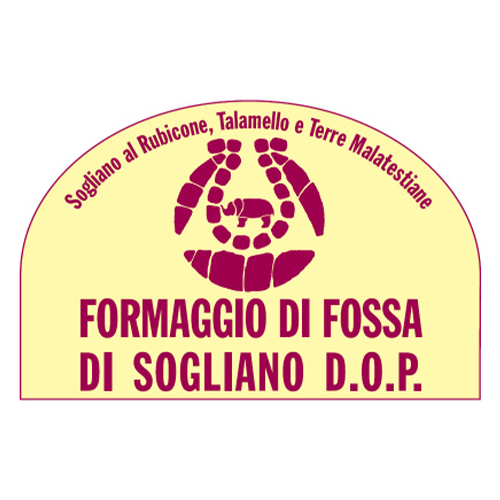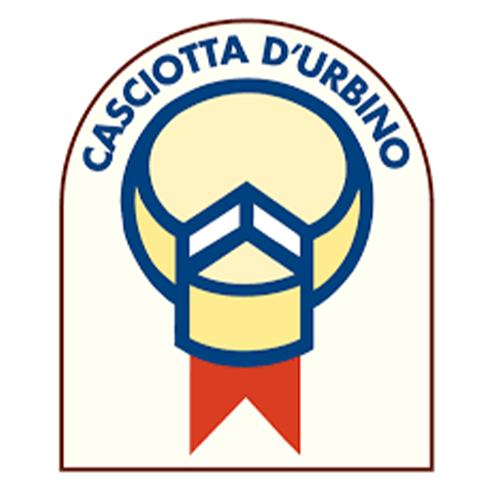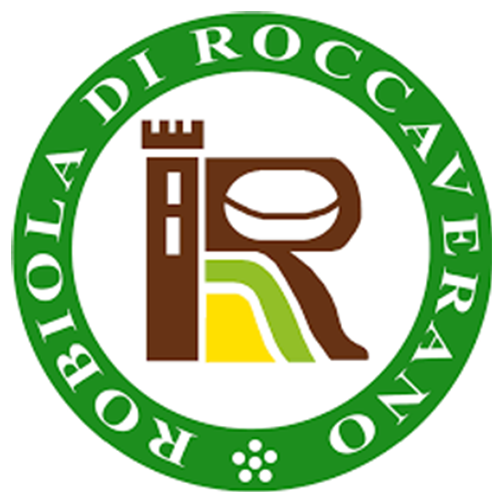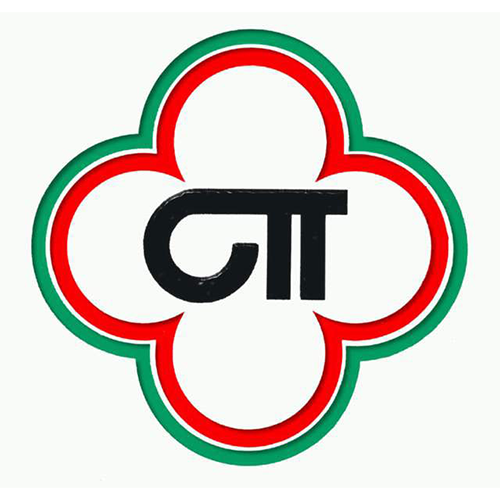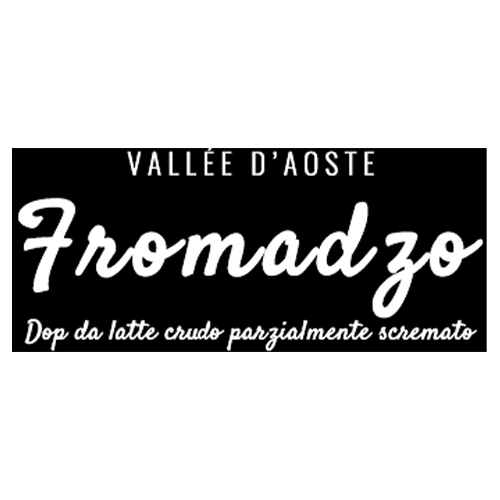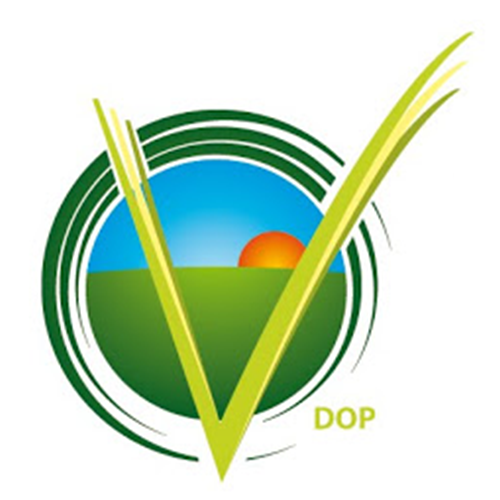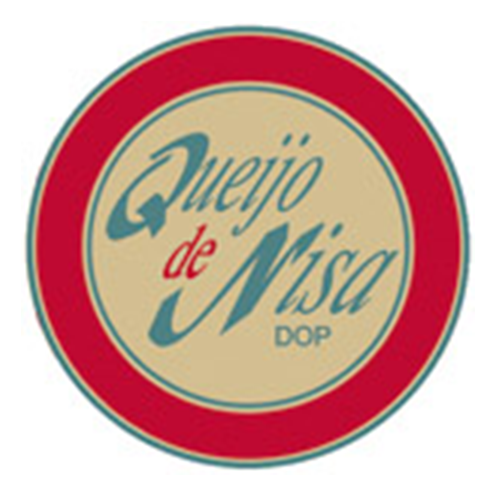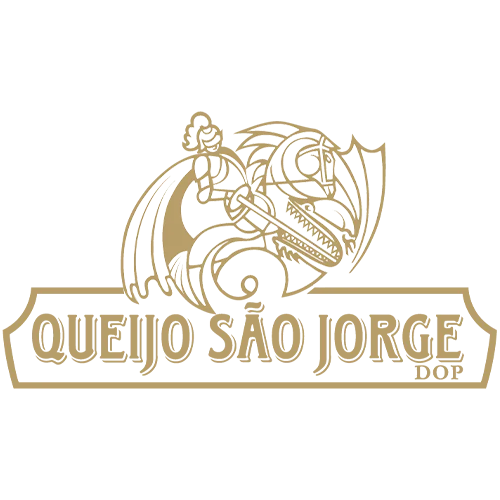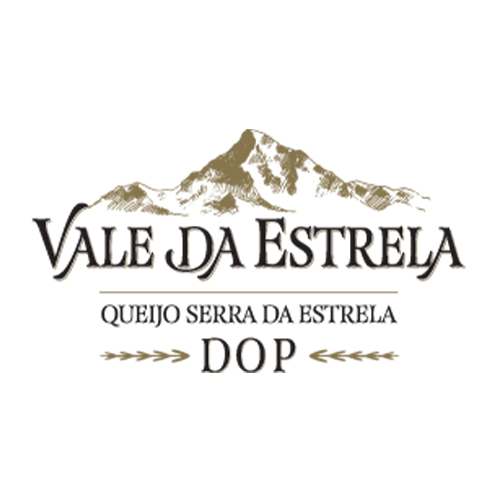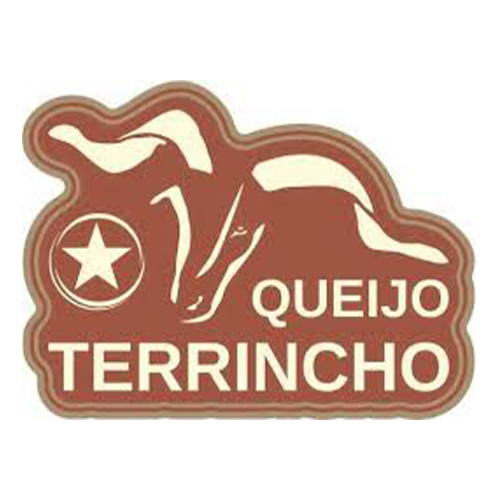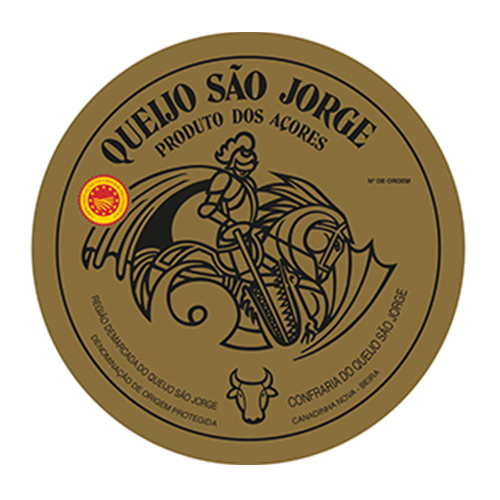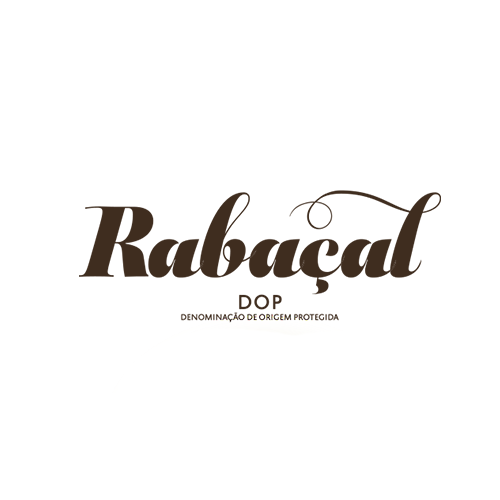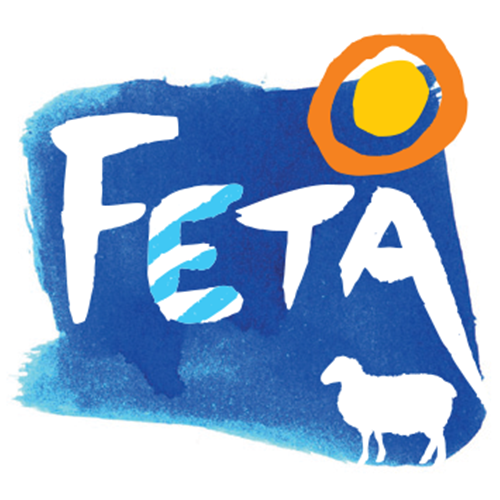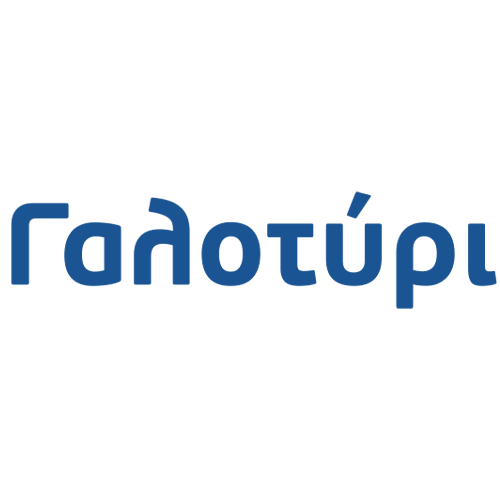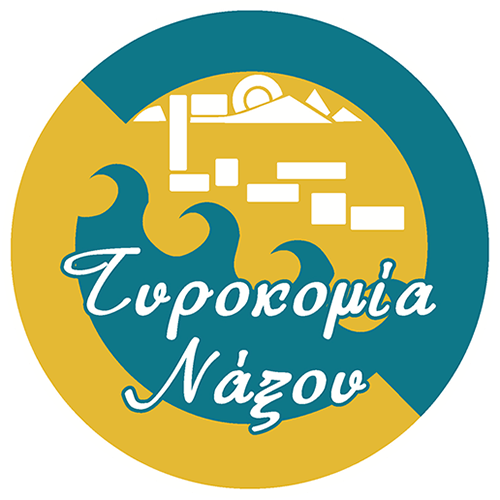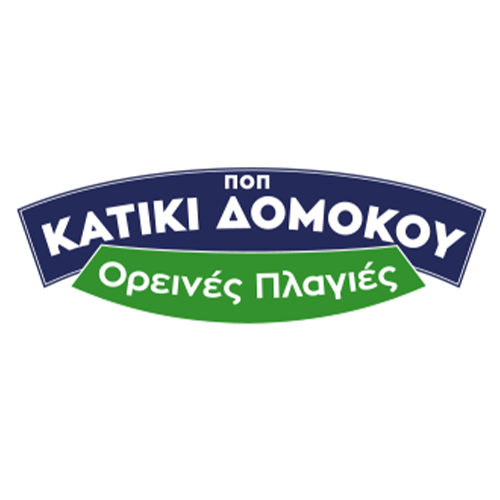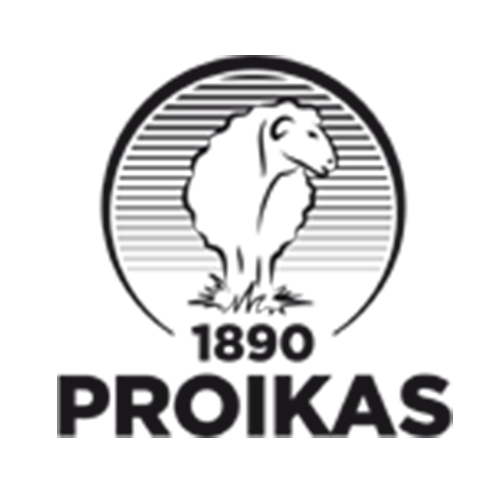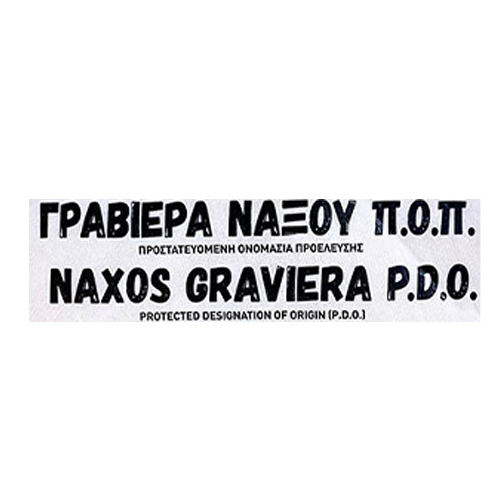
Mediterranean Food Emporium offers a large selection of quality cheese imported from Spain, France, Italy, Greece and Portugal. Cheese directly imported to Ireland – no middleman, offering you quality products at competitive prices.
Sign up to become a member to purchase direct from La Tienda.
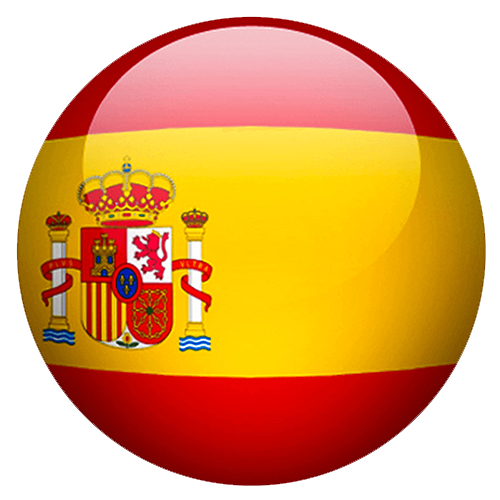
Spain

France
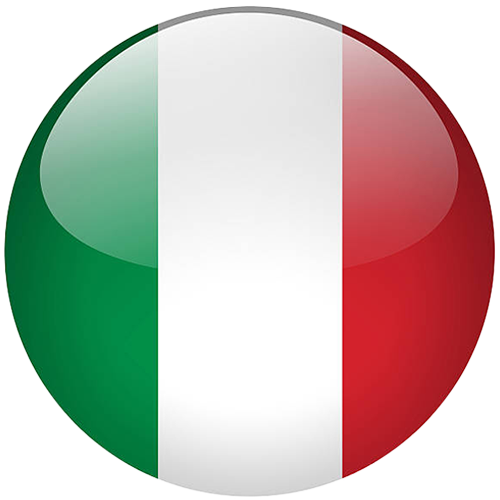
Italy
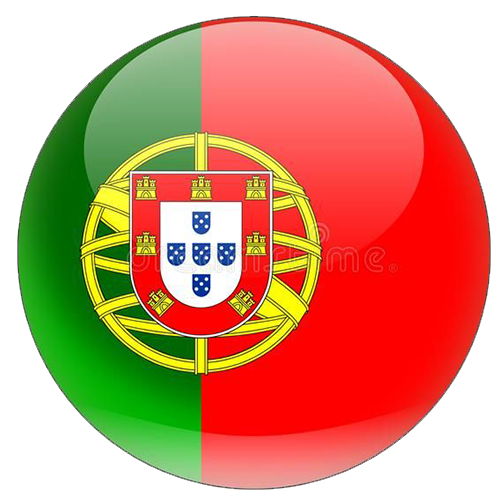
Portugal

Greece
Spanish Cheese
A birds eye view of Spanish cheese.
Global representations of Spanish cheese are so often confined to Manchego. Whilst this acclaimed cheese, in all its magnificence, has certainly earned its reputation, there’s much more to be discovered outside of the La Mancha region; with cheese-filled culture and history in every corner of the Iberian peninsula.
Cheese making in Spain is an ancient practise: archaeologists found that styles of primitive cheese making have existed in the Iberian peninsula since the Neolithic and Bronze ages. However, the true drivers of the Spanish-style cheese we know today were the Romans, who introduced techniques like smoking and oil preservation.

Sheep Milk Cheese
(Queso de Oveja)
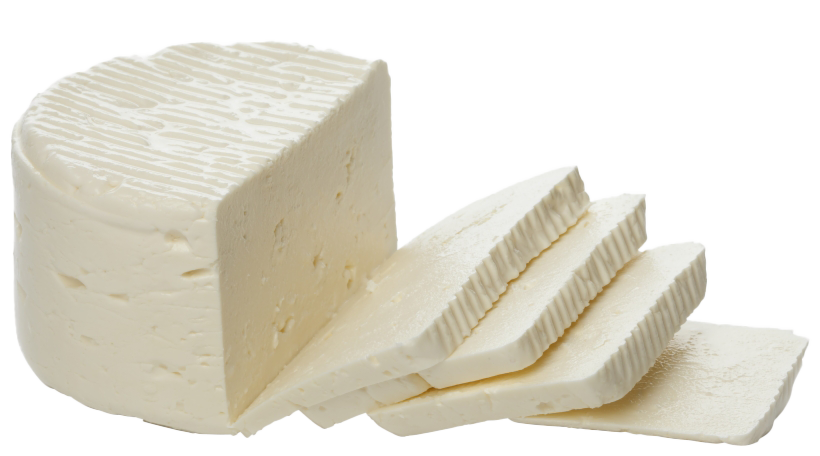
Cows Milk Cheese
(Queso de vaca)
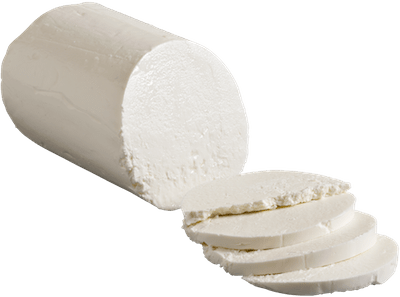
Goats Milk Cheese
(Queso de cabra)
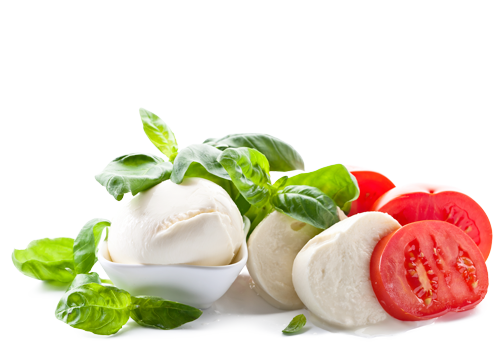
Buffalo Milk Cheese
(Queso de Bufala)
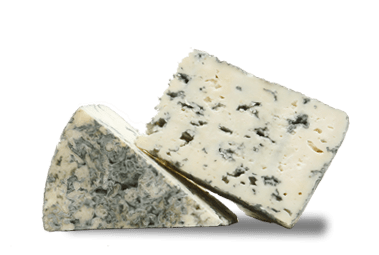
Blue cheese
(Queso azul)
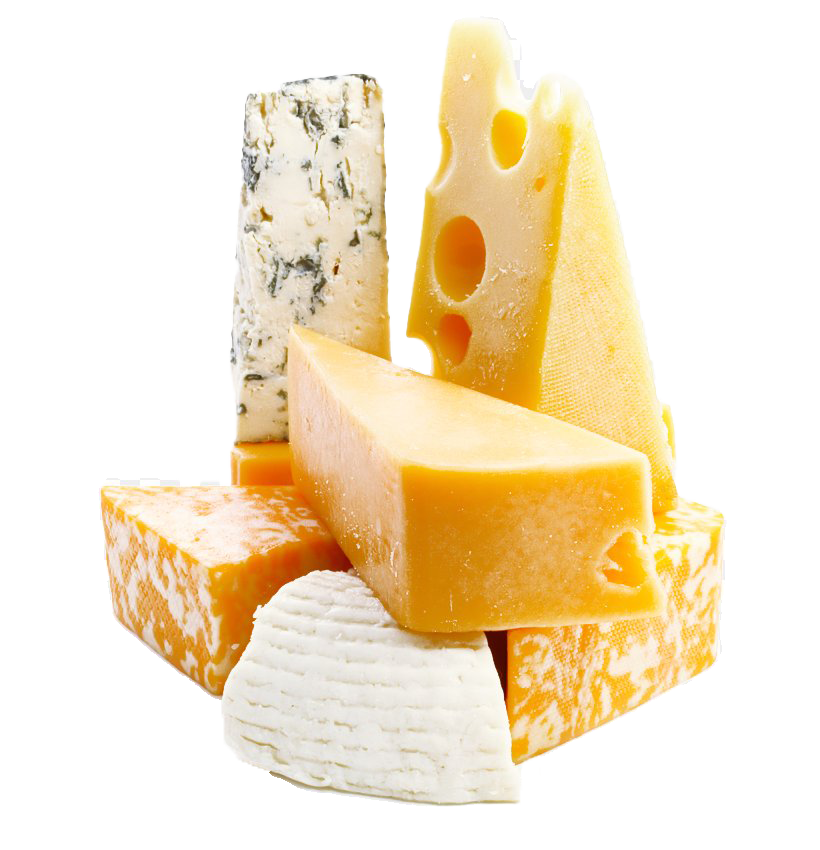
Other
(otro)
Cheese making and consumption became so prolific that in the 1400s the Spanish government began regulating the prices. Spain, like many areas in the European Union, still continues to regulate certain cheese, just as they do with wine and other food products. There are currently 26 cheese types certified countrywide under such quality controls – DOP’s “denominaciones de origen protegidas”.
Outside of DOPs, categorizing Spanish cheese isn’t simple, but Antonio Padilla, a cheese monger from Seville, Spain, says that in the most basic terms, cheese in Spain can be divided into three regions: cows in the north and the Balearic Islands, sheep in the middle, goats in the south and Canary Islands. There are certainly exceptions, but it’s generally consistent.
The type of terrain and the animals it sustains, therefore has a huge impact on the type of cheese that is produced.
French Cheese
Text about French Cheese

Sheep Milk Cheese
(Fromages au lait de brebis)

Cows Milk Cheese
(fromage au lait de vache)

Goats Milk Cheese
(Fromage au lait de chèvre)

Buffalo Milk Cheese
(Fromage au lait de bufflonne)

Blue cheese
(Les fromages à pâte persillée)

Other
(Autre)
Italian Cheese
Text about Italian cheese

Sheep Milk Cheese
(Formaggio di pecora)

Cows Milk Cheese
(formaggio di latte di mucca)

Goats Milk Cheese
(Formaggio di capra)

Buffalo Milk Cheese
(Formaggio di Bufala)

Blue cheese
(formaggio blu)

Other
(altro)
Portuguese Cheese
Text about Portuguese cheese

Sheep Milk Cheese
(Queijo de leite de ovelha)

Cows Milk Cheese
(Queijo de vaca)

Goats Milk Cheese
(Queijo de cabra)

Buffalo Milk Cheese
(Queijo Mussarela de Búfala)

Blue cheese
(Queijo azul)

Other
(Outro)
Greek cheese
Text about Greek Cheese

Sheep Milk Cheese
(Τυρί από πρόβειο γάλα)

Cows Milk Cheese
(Τυρί αγελαδινό γάλα)

Goats Milk Cheese
(Τυρί κατσικίσιο γάλα)

Buffalo Milk Cheese
(Τυρί βουβαλίσιο γάλα)

Blue cheese
(Μπλε τυρί)

Other
(Αλλα)
Geographical indications and quality schemes explained

Protected designation of origin (PDO)
Product names registered as PDO are those that have the strongest links to the place in which they are made.
- Products: food, agricultural products and wines.
- Specifications: Every part of the production, processing and preparation process must take place in the specific region. For wines, this means that the grapes have to come exclusively from the geographical area where the wine is made.
- Example: Kalamata olive oil PDO is entirely produced in the region of Kalamata in Greece, using olive varieties from that area.
- Label: mandatory for food and agricultural products, optional for wine.
Protected geographical indication (PGI)
PGI emphasises the relationship between the specific geographic region and the name of the product, where a particular quality, reputation or other characteristic is essentially attributable to its geographical origin.
- Products: food, agricultural products and wines.
- Specifications: For most products, at least one of the stages of production, processing or preparation takes place in the region. In the case of wine, this means that at least 85% of the grapes used have to come exclusively from the geographical area where the wine is actually made.
- Example: Westfälischer Knochenschinken PGI ham is produced in Westphalia using age-old techniques, but the meat used does not exclusively come from animals born and reared in that specific region of Germany.
- Label: mandatory for food, agricultural products, optional for wines.
Traditional speciality guaranteed
TSG highlights the traditional aspects, such as the way the product is made or its composition, without being linked to a specific geographical area. The name of a product being registered as a TSG protects it against falsification and misuse.
- Products: food and agricultural products.
- Example: Gueuze TSG is a traditional beer obtained by spontaneous fermentation. It is generally produced in and around Brussels, Belgium. Nonetheless, being a TSG, its production method is protected but it could be produced somewhere else.
- Label: mandatory for all products.
Source: Agricultural & Rural Development EU

